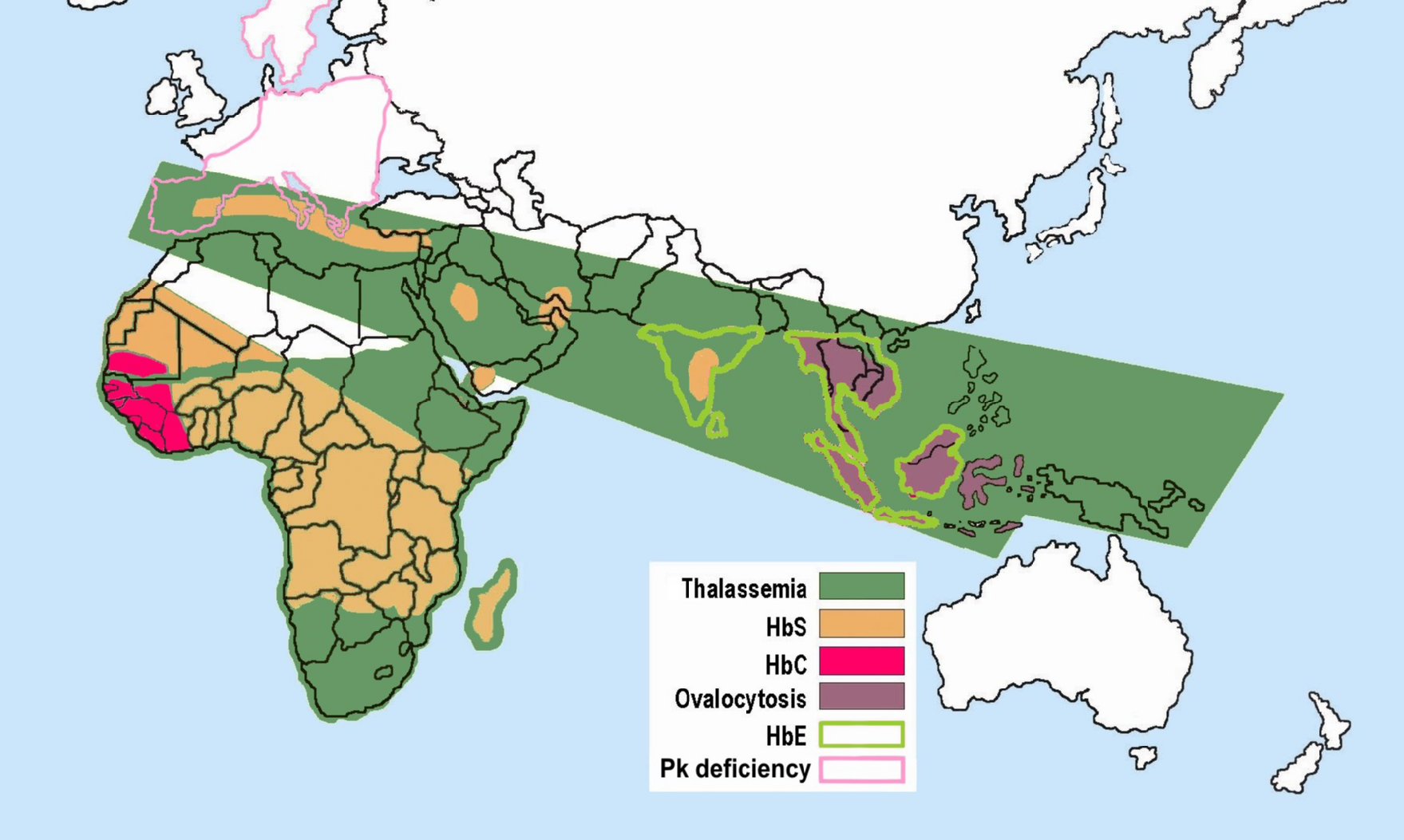I feel that I was able to understand the DNA copying, the Dogma, and mutations vodcasts very well. I am already familiar with the information taught in the dogma and mutations vodcast, but not the copy machine one. Although the enzymes involved in DNA replication were new to me, I think that their roles were quite basic. This probably explains why that set of vodcasts felt extremely easy. However, the gene expression vodcast was slightly tougher than the other ones. This is probably because I am not very familiar with how the operon and gene regulation work. After reviewing the diagram a couple of times though, I had a pretty good grasp of the concept.
I am glad that I learned a lot of new material in this unit. In other units, the number of new concepts were close to zero and weren't very interesting. However, the enzymes and mechanisms involved in the replication, transcription, and regulation of genes I learned about in Unit 5 were really cool. I definitely think I am a better student today than at the start of this unit. This is because for this unit, I really had to try to understand some of the concepts, compared to other areas we have learned about that I was already too familiar with to apply studying methods.
I want to learn more about the operon and gene regulation. I still have questions involving gene regulation in eukaryotes. I might research these processes for the 20 time project, but I am not sure.
For this unit, I learned more about the operon by searching up other diagrams that felt more descriptive to me. This helped because I am a multimodal learner (mostly visual and reading), and the images were labeled diagrams.

DNA floating on top of alcohol from-DNA Extraction Lab

a deletion mutation from-Protein Synthesis Lab








